Weather modification refers to willful manipulation of the climate or local weather. Research done in this field goes back to as far as the early 1940s when the US military experimented with cloud seeding to stimulate rain. Today, private corporations have joined the weather modification research effort to protect people, cities and assets from the damage extreme weather brings. Cloud Seeding History of Cloud Seeding Cloud seeding experiments started with the work of a scientist from General Electric named Vincent Schaefer who discovered that ice crystals can induce precipitation. Since Read More
How Thunderstorms Form

There are three stages to a thunderstorm’s life cycle: the cumulus stage, the mature stage, and the dissipation stage. When a thunderstorm begins to form, it does so at the cumulus stage. From there, the storm advances in severity until it reaches its peak at the mature stage and then begins to gradually die out as it enters the dissipation stage. The Cumulus Stage The cumulus stage is the first stage of formation for any thunderstorm and is characterized by a few noticeable factors. First off, a thunderstorm starts by Read More
What Causes Tornadoes?
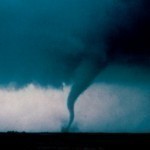
A tornado occurs when two different air masses meet, most often a high pressure air mass and a low pressure air mass. The cool air meets with hot, moist tropical air and this results in strong thunder storms forming. For this is to occur, there needs to be the hotter air in the lower atmosphere and the cooler air in the upper atmosphere. The place where these two air masses meet is known as the dry line. It’s at the dry line that most tornadoes are formed because the two Read More
What Causes Lightning?
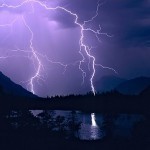
Lightning can be described as a massive discharge of electrical energy that can reach the speed of 130,000 mph and can exceed temperatures of 30,000 degrees Celsius. Although we know a lot about this phenomenon, it is still unclear how and why lightning forms. We will mention some of the theories on how lightning is created. History In June 1756, Benjamin Franklin attached a silk string to a kite and launched it during a thunderstorm. He then attached the string to a key and tied it to a post. As Read More
How Do Ocean Currents Affect Climate?
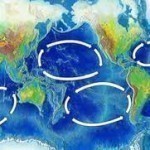
Ocean currents are one of the main factors that affect climate. Other factors are proximity from the equator, distance from the sea, direction of prevailing winds and relief (mountains). But, for the most part, ocean currents act as one of the most important factors that influence the climate. And the reason why is because a current is water that travels. With that traveling water comes heat. The best example of a current is the Gulf Stream. This is a current of water that originates in the Gulf of Mexico and Read More
Ozone Generators
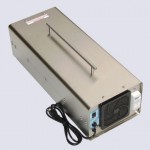
Ozone or O3, is a molecule similar to oxygen that is made up of three oxygen atoms. While ozone in the lower atmosphere is harmful to humans, plants, and animals, causing respiratory problems in humans and animals while burning some types of plants, ozone in the upper atmosphere, known as the “ozone layer”, is highly effective at preventing harmful electromagnetic radiation from the Sun and other stars from reaching the Earth. By doing this, ozone is responsible for limiting the effects of global warming. While ozone in the lower atmosphere Read More
What Are Air Scrubbers?
An air scrubber is a device that removes particles, gases, or chemicals from the air in a specific area. Air scrubbers are very important in some industries as workers are frequently exposed to harmful substances. Most air scrubbers are made for a specific type of air purification but some are made to handle particles, gases, and chemicals at the same time. Air scrubbers range dramatically in capabilities, functions, and filters, but they all perform the general task of removing harmful substances from the workplace. How do Air Scrubbers Work? Air Read More
What Causes Typhoons?
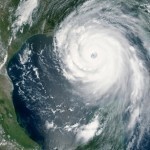
A typhoon is nothing more than a hurricane that occurs in the North West Pacific Ocean. The same conditions that cause a hurricane in the Atlantic ocean that hit the United States every summer are the ones that cause a typhoon. However, a typhoon does have a series of specific “rules” to exist and therefore, the causes of a typhoon are a bit more particular than with a hurricane. Typhoon Causes The first cause is warm water. When there is an abundance of warm water, there is a considerable amount Read More
How Hurricanes Form
Hurricanes are caused by immense low pressured formed over the warm oceans in the summer and early fall months. With this low pressure, water vapor is evaporated off of the ocean surface. This water vapor releases the latent heat of condensation which causes all of the water to begin forming into clouds. This condensation forms warmth around the surrounding air. Typically, a wind shear (change in wind speed or direction) causes the top of the tropical storm to blow off and destroys the fledgling hurricane. However, if there is a Read More
Air Exchangers
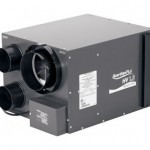
An air exchanger is a device that transfers stale air from inside a home to outside, and fresh air from outside to the inside. Air exchangers are often large and built directly into a home’s foundation in order to provide maximum fresh air levels at all times. This is important because indoor air is often five times more polluted than outside air, in both urban and rural areas. Also, energy is often wasted and heating/cooling costs high as doors and windows are often left open in order to freshen the Read More


Share on: